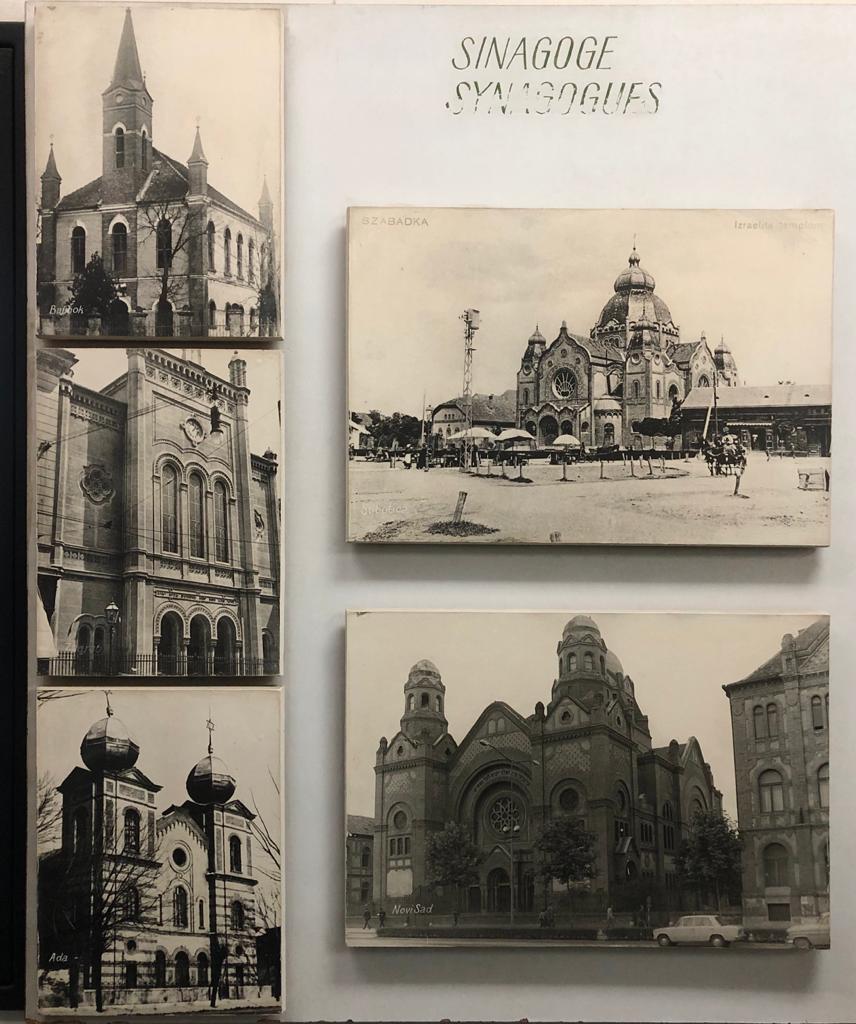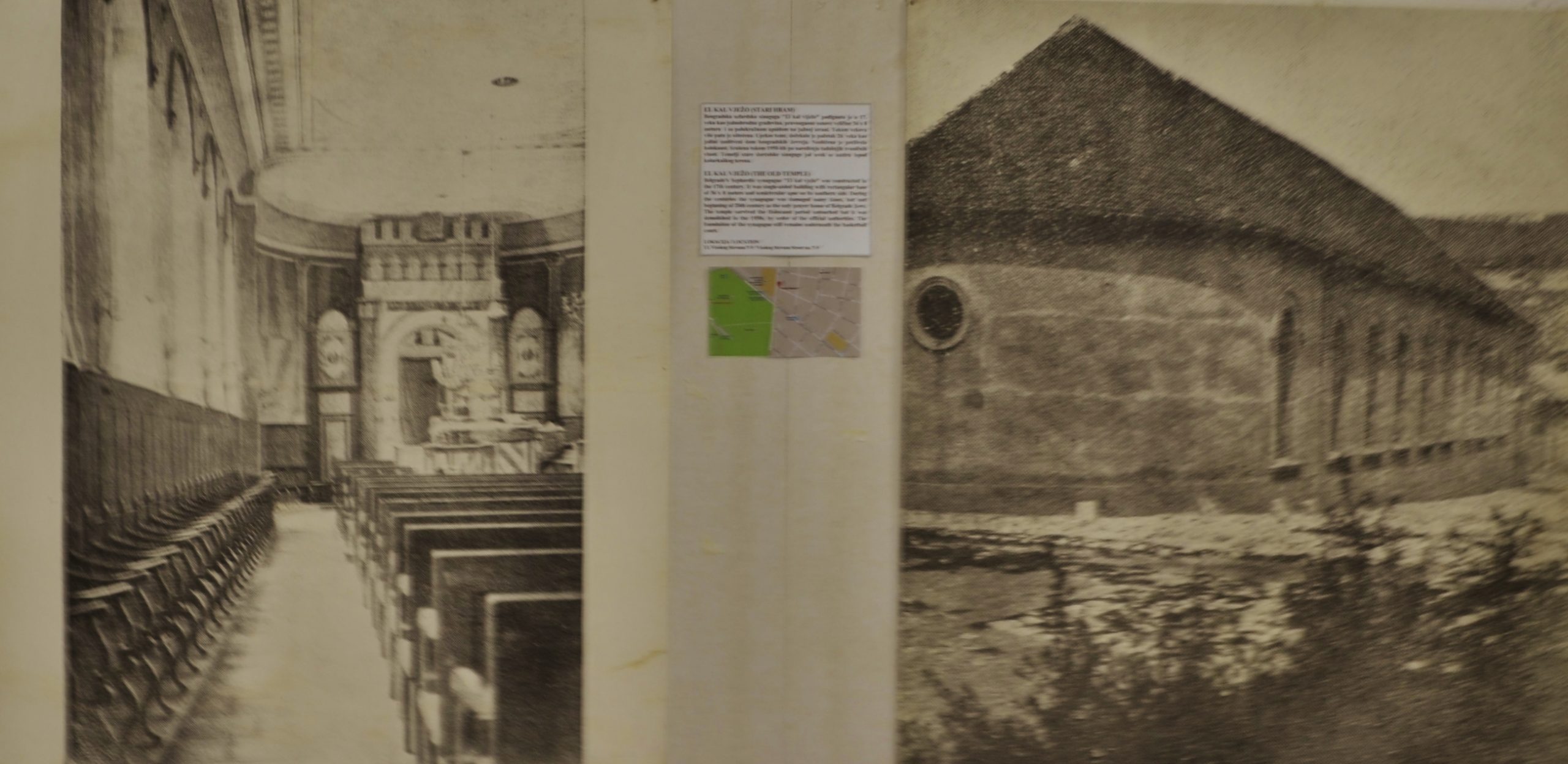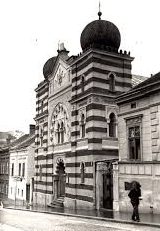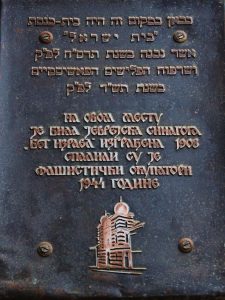Jewish history on Balkans and former Yugoslavia dates back to the ancient Roman period. The Jews who were lived troughout the provinces of the Roman Empire were called Romaniots. They moved to the Balkans at the beginning of the new era. The oldest Jewish settlements in this part of the Balkans were established in Stobi in today’s northern Macedonia as well as along the shores of the Adriatic Sea.
During the Middle Ages there was a continuity of the Jewish Community in the Balkans. During the fourteenth century, numerous written sources were written about the Jewish Community in the Serbian Medieval State, the Republic of Dubrovnik and the cities of the Adriatic coast, especially in Split and Zadar. During the Middle Ages migrations of Jews began throughout the former Yugoslavia. Jews from Eastern and Central Europe- Ashkenazi immigrated from the late Middle Ages while Jews from Spain- Sephardi were immigrating after expulsion from the Iberian Peninsula (1492.)
During the 16th century, a large number of Sephardic Jews came to Turkish Belgrade and lived in the mahalas (Turkish name for the city quarter) on Dorćol. According to indirect data, we learn that the municipality of Sephardic Jews was founded around time. There was less number of Ashkenazic Jews and they were inhabited on the banks of the Sava river. Ashkenazi moved to Serbia in large numbers in the 18th century.
During the 19th century the creation of conditions for the recognition of the religious and civil rights of Jews began.
Synagogues in Jugoslavia
With the end of the First World War, Belgrade attracted more and more Ashkenazi Jews coming from Austria- Hungary. Unlike the Sephardic Jews, Ashkenazi Jews didn’t inhabit only one part; they lived in whole “city”.
JEWS IN BELGRADE
During the Ottoman Empire during the 16th century, there was a larger settlement of Jews in Belgrade. During the 16th century, a large number of Sephardim came to Turkish Belgrade, living in the mahala (Turkish city quarter) on Dorcol. There are no direct data, but indirect data show that the Sephardic municipality was founded in the 1920s. There were fewer Ashkenazis and they were settled on the Sava slope.
The first synagogue was built during the 17th century, and is known as the El cal viejo . It was located in today’s street Visokog Stevana 5-7. It was a large single-nave building with a rectangular base (36mx 8m) with a semicircular apse on the south side. It was damaged by fire on several occasions, but was rebuilt each time. A great reconstruction of this synagogue followed in 1819, and until the destruction the synagogue did not change its appearance. It was damaged during the bombing of Belgrade in 1941, and the remains were demolished in 1952.
The second Dorcol synagogue “New Synagogue”, El cal nuevo, was built after the independence of Serbia at the Berlin Congress. El kal nuevo was a temple visited by the poorer world. It was destroyed in the First World War, and in that area, the Jewish community built a warehouse space that has survived to this day.
El cal viejo, destroyed
The next synagogue to be built for the needs of the Sephardic community was the Beth Israel Synagogue in King Uros Street. The project of the architect Milan Kapetanović, who was a friend of the Jews of Dorćol, won the competition. The synagogue was built in the Moorish style.
It was completed in 1908, but it was set on fire in the Second World War, so after the war in 1949, it was decided to remove the remains of the synagogue, and to build a Fresco Gallery on that place.
Milan Kapetanović, Beth Israel Synagogue, 1908. Belgrade Memorial plaque to a Sephardic synagogue
With the end of the First World War, Belgrade began to attract an increasing number of Ashkenazi Jews who immigrated from the former Austro-Hungary. There were them in Belgrade before, but unlike Sephardim, they were not inhabited only in one part of the city, but in the entire city. That is why the center of Kosmajska Street 51 (today’s Marshala Birjuzova) was chosen for the location of the new Ashkenazi synagogue Sukat Shalom. During the Second World War, German soldiers used it as a brothel with the aim of devaluing the Jewish temple. The Sukat Shalom Synagogue was the only one left to serve its purpose even after the Second World War.






